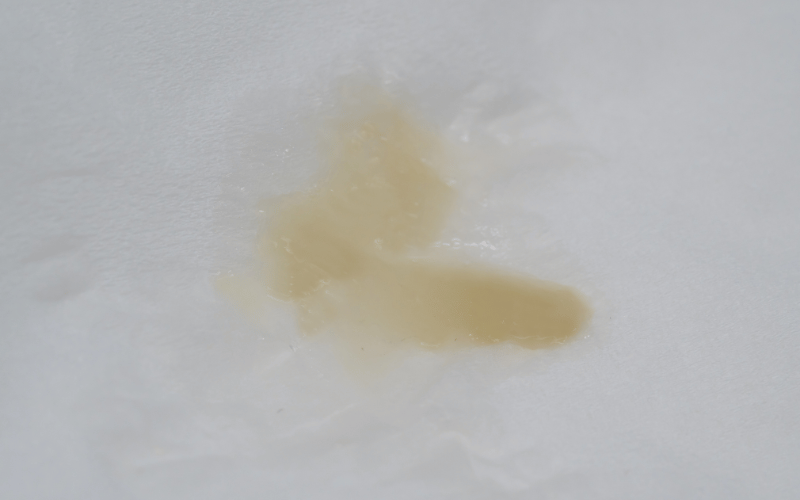3. Mucus in Stool: More than Just an Unpleasant Sight

The presence of mucus in stools can often be disconcerting. With proctitis, mucus production tends to increase. The body produces mucus as a protective response, coating the inflamed rectal lining to prevent further irritation. However, the sight of it in stools can be surprising for many.
Under regular circumstances, mucus plays a vital role in our digestive system. It facilitates the smooth passage of stool. However, an overproduction, as seen in proctitis patients, can lead to visible traces in the stool. The consistency can range from a clear, gel-like substance to a thicker, gooier consistency.
Interestingly, mucus production isn’t just a passive response. It’s the body’s way of signaling that something isn’t right. For those with proctitis, this mucus often accompanies other symptoms, creating a distinct symptom profile. Additionally, the color of the mucus can provide insights. While usually clear or white, an inflamed rectum might lead to yellowish or even greenish mucus.
The amount of mucus can also vary. Some might notice just a slight increase, while others find their stools coated in it. This variation is often related to the severity of the inflammation, with more pronounced inflammation leading to greater mucus production.
While mucus in stools can be a part of various digestive disturbances, its consistent presence in proctitis patients makes it an essential symptom to note. Observing such changes in one’s stool can provide valuable insights into the ongoing inflammation and its progression. (3)